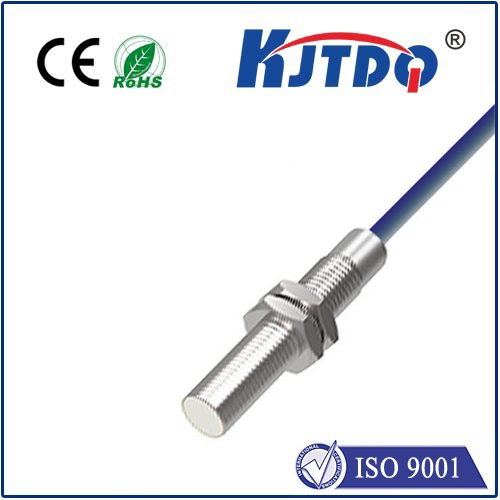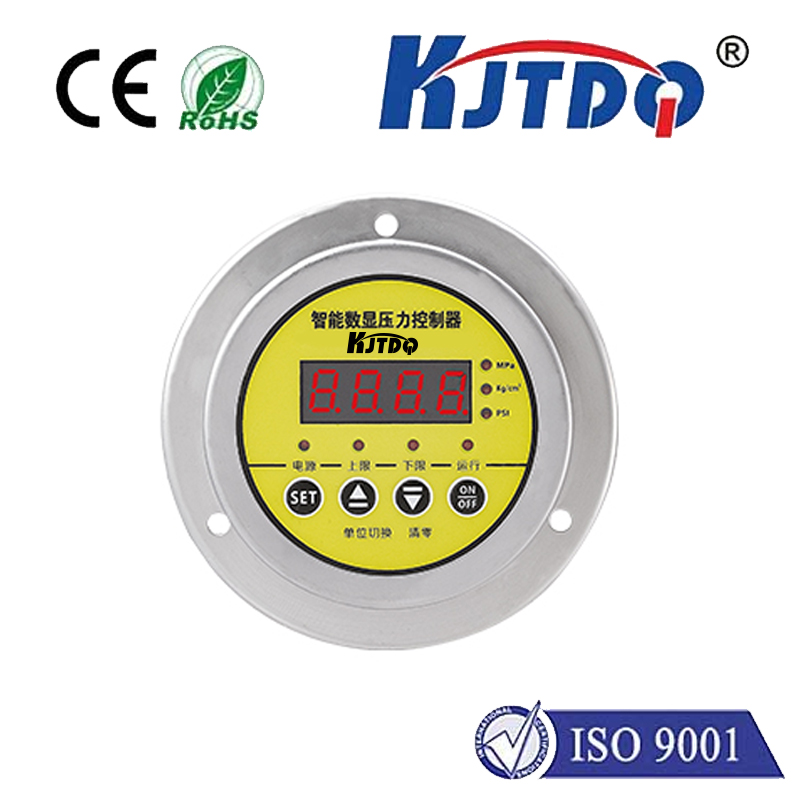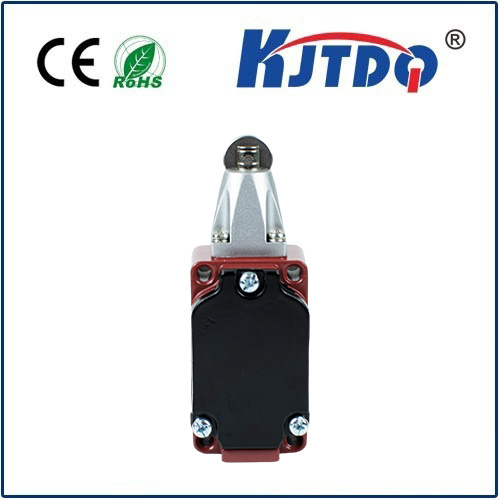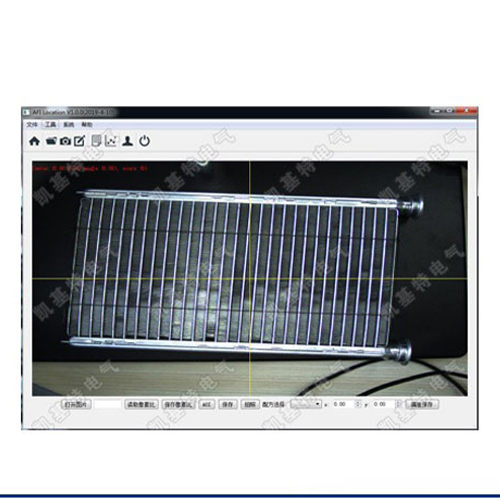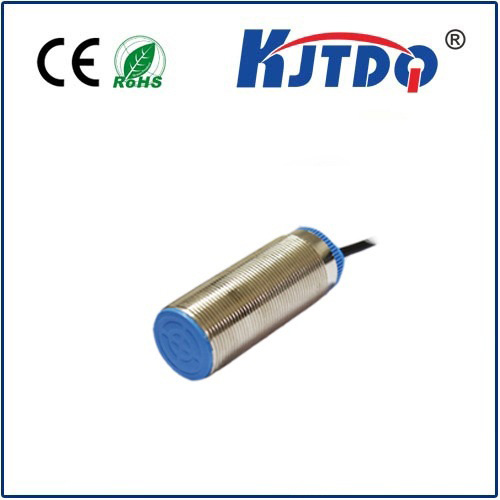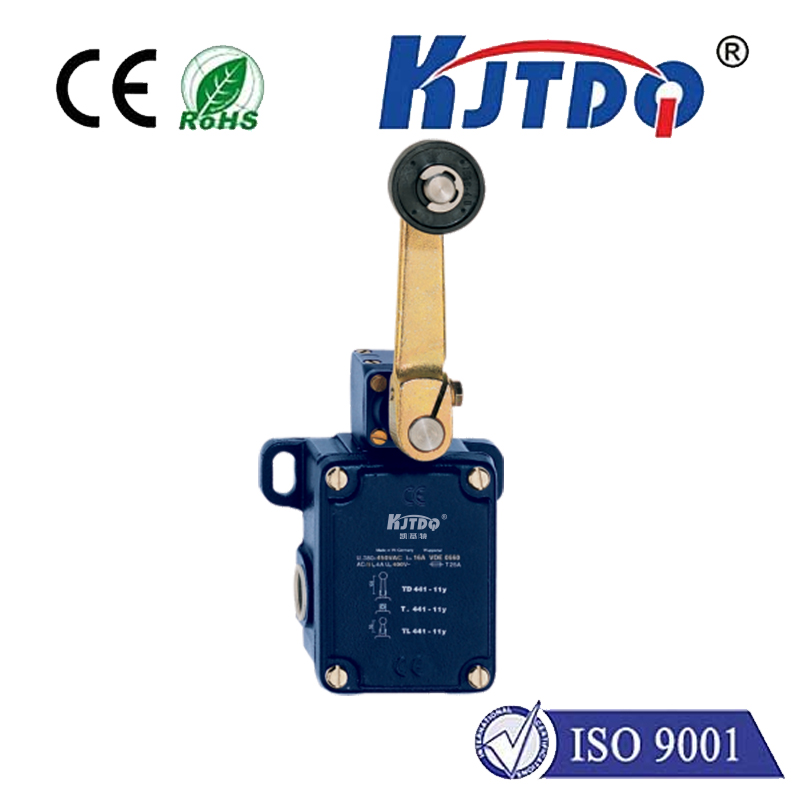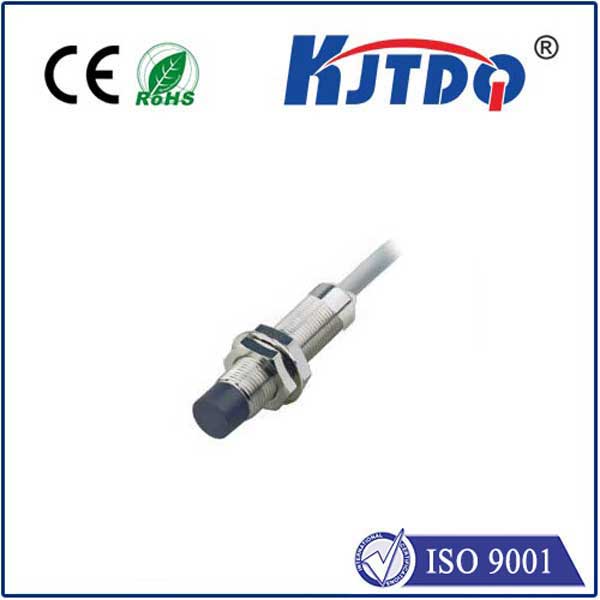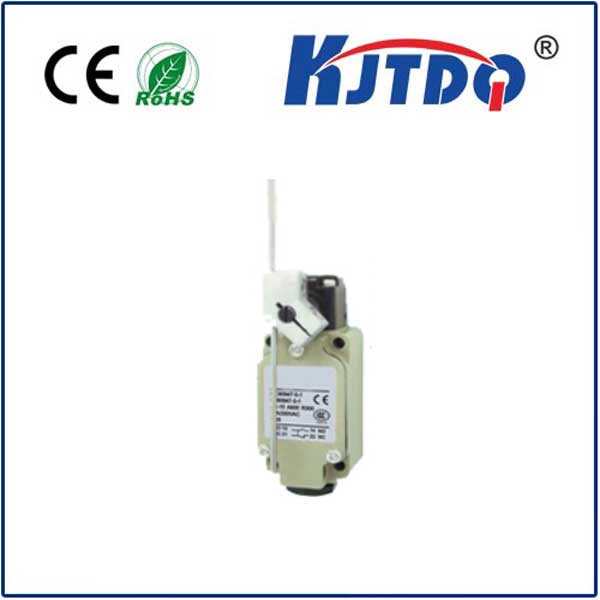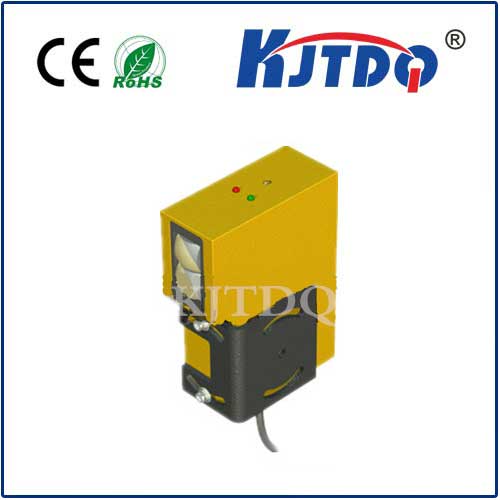BES020A high pressure proximity sensor
- time:2025-10-01 04:26:25
- Click:0
BES020A High Pressure Proximity Sensor: Unmatched Reliability in Extreme Environments
What’s the true cost of sensor failure when operating under crushing pressures and punishing conditions? Downtime, safety risks, and compromised product quality – stakes that are simply too high. In demanding industrial landscapes like heavy hydraulics, high-pressure die casting, or offshore energy, standard sensors often buckle. This is where purpose-built solutions like the BES020A high pressure proximity sensor step in, engineered to deliver unwavering performance where others falter.
Understanding the core challenge is crucial. A high pressure proximity sensor operates not just near machinery, but within systems subjected to immense forces. Standard inductive or capacitive sensors might function initially, but prolonged exposure to pressures exceeding hundreds of bar can cause sealing failure, housing deformation, or internal damage, leading to catastrophic signal loss. Proximity sensing becomes exponentially more critical – and difficult – in these environments.
The BES020A addresses this challenge head-on. Designed specifically for resilience under extreme pressure, it embodies the robust capability needed for critical detection tasks in punishing applications. Its core function remains detecting the presence or absence of a metallic target without physical contact, utilizing a reliable inductive sensing principle. However, its true distinction lies in its formidable construction.
What Makes the BES020A Stand Out in High-Pressure Applications?

- Exceptional Pressure Tolerance: This is the defining feature. The BES020A proximity sensor is meticulously engineered to withstand continuous exposure to pressure ratings reaching up to 500 bar (7250 psi) or higher, depending on its specific configuration. This resilience is achieved through:
- Robust, Reinforced Housing: Typically constructed from high-grade stainless steel (like V4A / 316L) or similarly durable alloys, designed to resist deformation under load.
- Advanced Sealing Technology: Multi-layered, high-integrity seals (often utilizing specialized polymer and metal combinations) are employed to create an impermeable barrier, preventing media ingress even under the most intense pressure cycling. Hermetic sealing is a common approach for ultimate protection.
- Internal Component Reinforcement: Critical internal components are secured and insulated to withstand the mechanical stresses induced by high pressure.
- Uncompromised Sensing Performance: Despite its heavy-duty build, the BES020A maintains excellent inductive proximity sensor performance. It offers:
- Reliable Detection: Consistent and accurate sensing of metallic targets within its specified operating distance (its sensing range).
- Resistance to Interference: Shielding and design minimize susceptibility to electromagnetic interference (EMI) common in industrial power systems.
- Stability: Minimal drift in switching characteristics despite temperature fluctuations often associated with high-pressure systems.
- Broad Environmental Ruggedness: Beyond pressure resistance, the BES020A sensor is built to endure harsh conditions:
- Wide Temperature Range: Operates reliably across extremes, often from -25°C to +85°C or beyond.
- Resistance to Chemicals & Media: The housing and seals resist oils, coolants, hydraulic fluids, and many industrial chemicals.
- High Ingress Protection (IP Rating): Typically achieves IP67, IP68, or IP69K ratings, ensuring immunity to dust and powerful water jets, crucial for washdown environments or outdoor use. SIP67 ratings are also common, combining dust and liquid ingress protection with resistance to pressure immersion.
- Vibration and Shock Resistance: Engineered to maintain functionality despite significant mechanical stress.
Where Does the BES020A High Pressure Proximity Sensor Excel?
Its unique capabilities make it indispensable across numerous demanding sectors:
- Hydraulics: Direct integration into high-pressure hydraulic cylinders, manifolds, pumps, and valves for position feedback and end-position detection. Think earth-moving equipment, presses, and industrial automation.
- Die Casting & Plastic Injection Molding: Detecting mold closure, core pulls, or ejector positions within the high-pressure, high-temperature injection environment.
- Oil & Gas (Onshore & Offshore): Monitoring valve positions, actuator states, and safety-critical functions on drilling rigs, pipelines, and refineries, often facing extreme pressures and corrosive elements.
- Test Benches & High-Pressure Rigs: Providing reliable feedback in environments simulating operating stresses or testing components.
- Marine & Offshore: Operating reliably on shipboard hydraulic systems, winches, and subsea equipment exposed to saltwater and pressure.
- Heavy Machinery: Implementing in construction, mining, and agricultural equipment where robust sensors are vital for control and safety systems.
Selecting and Implementing the BES020A Effectively
Choosing the right BES020A high pressure proximity sensor configuration is key:
- Pressure Rating: Absolutely paramount. Verify the sensor’s maximum operating pressure (PSI/Bar) exceeds the peak pressure in your application, including potential pressure spikes. Never operate near the absolute limit; include a safety margin.
- Electrical Specifications: Match the operating voltage (e.g., 10-30V DC), output type (typically PNP or NPN, NO or NC), and current rating to your control system requirements.
- Sensing Distance & Target: Ensure the nominal sensing range is sufficient for the target size and distance. The target must be ferrous metal (steel, iron) of adequate size and thickness for reliable inductive sensing.
- Housing Material & Connection: Select the appropriate material (stainless steel) for corrosion resistance. Choose the cable or connector type (e.g., M12, M8, PG) suitable for the environment and installation ease.
- Environmental Ratings: Confirm the IP rating (e.g., IP67/IP68/IP69K) and temperature range align with operational and ambient conditions. Consider ratings like SIP67 for comprehensive protection.
- Installation: Follow manufacturer guidelines meticulously. Ensure proper mounting (using the correct mounting method like flush or non-flush as specified), secure connections, and adequate strain relief for cables. The sensor face must be positioned correctly relative to the target.
Beyond Basic Detection: A Foundation for Reliability
The BES020A represents more than just an on/off switch. In high-pressure environments, it is a critical component for process control, machine safety, predictive maintenance, and operational efficiency. Its robust construction prevents unplanned downtime caused by sensor failure. Its reliability enhances safety systems dependent on accurate position feedback. Ultimately, it provides the confidence that essential detection functions will perform consistently, even under the most demanding conditions.
Innovation in industrial sensing necessitates specialized tools. The BES020A high pressure proximity sensor is a prime example – a solution born from the need to operate reliably where pressure is not just a parameter, but a defining characteristic of the environment. For engineers designing systems that push the boundaries, this sensor provides a crucial element of robustness and predictability. Its engineered resilience ensures that proximity detection remains an asset, not a vulnerability, even under crushing force.







